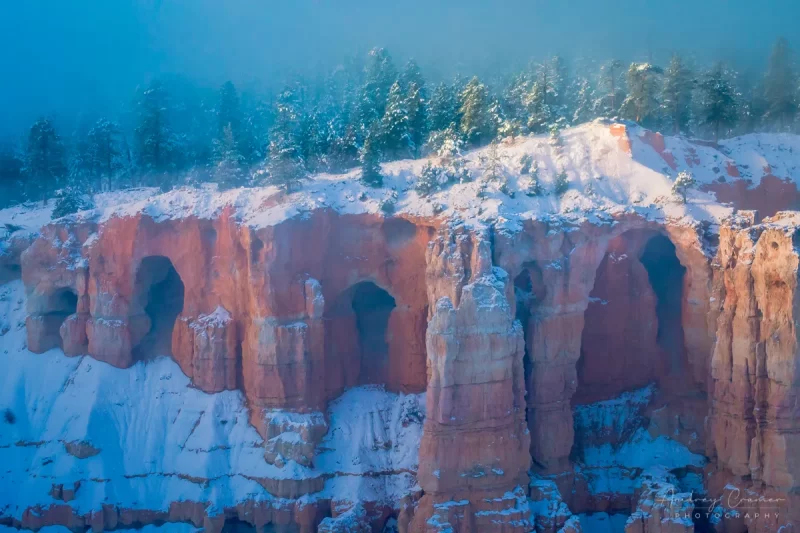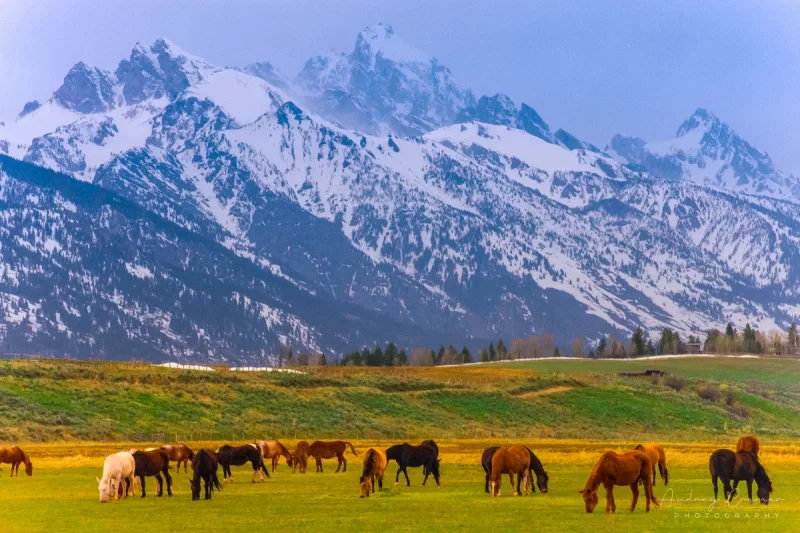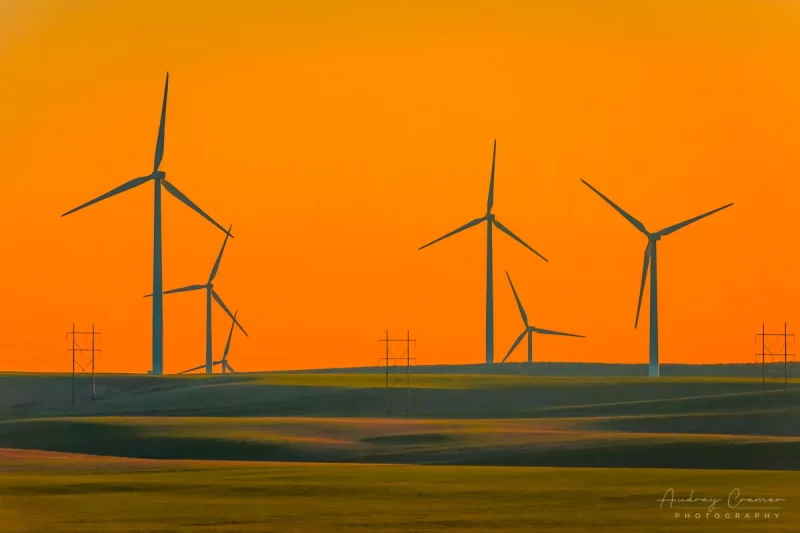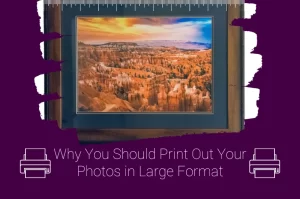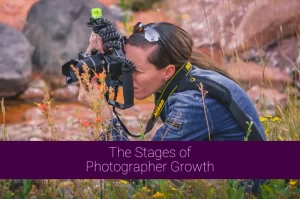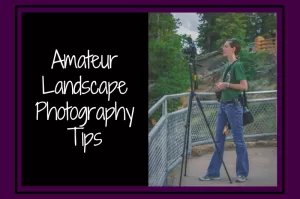It’s time for part six, the final installment, to my photography merit badge series. The first several parts of the series talked about safety, how to take a picture, camera operation, and photo enhancement. If you need to catch up, then the links above will take you to the articles you need. This final installment of the photography merit badge series is about career opportunities in photography.
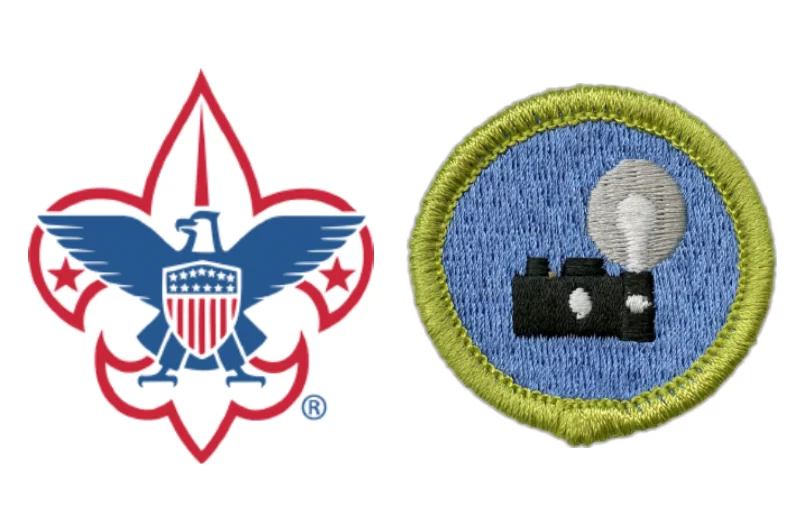
Obligatory disclaimer: I must say that I’m NOT your merit badge counselor (for photography or otherwise). This is especially true if I don’t live in the same council as you do. You will need to find someone local to sign off that you have met the requirements for this merit badge. Your local council office can assist you with finding a current photography merit badge counselor if you don’t know where to find one.
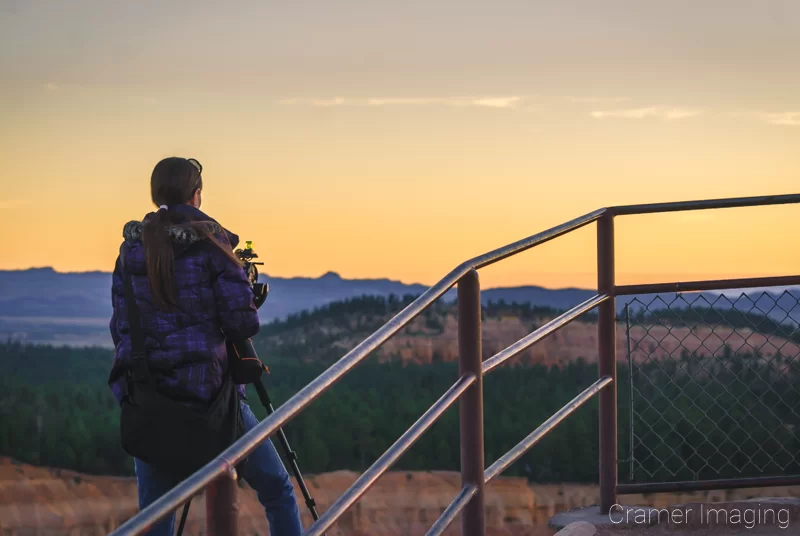
What I can do is to help you out with some of the research and basic learning aspects of the photography merit badge requirements. As there are currently no less than 5 groups of these requirements, I will break this up into 6 different articles for you to digest in your leisure. This article is part 6 of the photography merit badge series or the final part. You can find links to the other photography merit badge article(s) at the top.
Photography Merit Badge Requirements Part 5: Careers
The final part of the photography merit badge requirements states the following:
8. Identify three career opportunities in photography. Pick one and explain to your counselor how to prepare for such a career. Discuss what education and training are required, and why this profession might interest you.
Initial Photography Career Discussion
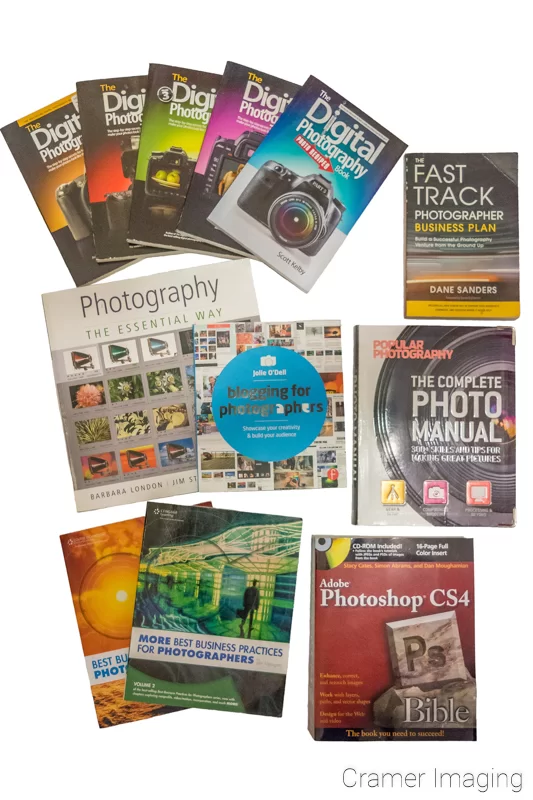
Now, there are several career options for you as a budding photographer. With each career option, there is education/training required for each branch of photography. However, much of it can be done at home using books and/or the internet. This means that you can learn what you need to for most of these professions during your leisure time with a computer and perhaps a mirror.
Alternatively, you can go study photography in college which will expose you to many different genres and methods of photography. Do keep in mind that several of these careers can overlap.
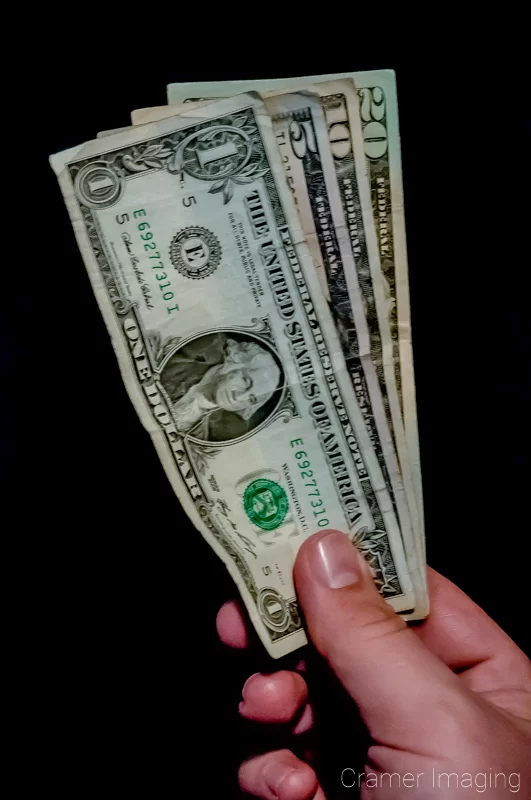
Also keep in mind that photographers are also generally independent operators and small business owners. This means that you will need to know how to run a business in addition to how to take pictures.
There are lots of guides on the internet for how to run certain kinds of photography businesses, such as weddings and portraits, if you’re interested in those fields. Internet resources can be rather thin for other kinds of photography businesses. Still, you can also go to college and take some business courses to fill in your knowledge.
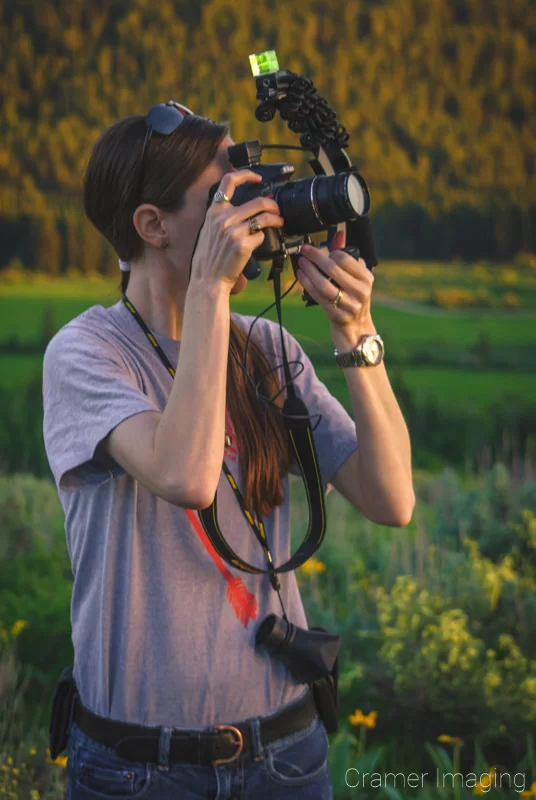
I strongly suggest studying marketing, finances, and legal as those areas can cause you big problems if you don’t know what you’re doing. DO NOT skip out on learning how to run a business if you want to be a professional photographer. I speak from experience.
I will say that each profession requires you to know how to take a proper photo, how to operate your camera without thinking about it, how to process up a photo, and what safety concerns you might be facing. Once again, if you need to brush up on those topics, use the links above. Also keep in mind that professional photography is less about what you know (college degrees) and more about demonstrating what you can do (portfolio). With that in mind, build up a portfolio (physical and/or digital) displaying your best work and keep editing your chosen photos to only display your best work. Now I’ll go into specifics for each profession.
Career Option 1: Event Photography
Event photography covers a wide range of photography such as weddings, conferences, family reunions, concerts, sporting events, and more. Perhaps the best-known examples of event photography are weddings, concerts, and sports events. Basically, if you’re scheduling an event (or series of events) which will happen at a certain time and place, you’re looking at event photography.
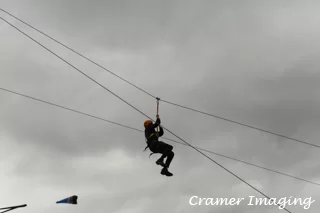
Just because these kinds of photography are grouped together into an overarching category does not mean that skill-sets overlap. Indeed, you will find that skills you need for weddings will not help much for concerts, and so on.
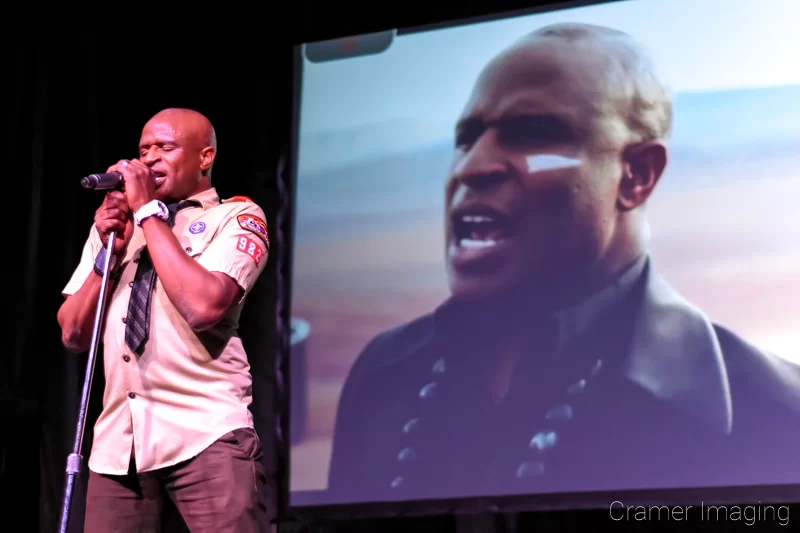
In general, event photographers need to be on point at all times. You need to be ready to capture small but important moments which might last a matter of seconds. The fast movements of wedding dancers, dancing musicians, and families at play require you to no let down your guard or camera for a second. You must hone your skills and intuition so that you anticipate a great moment coming and are ready for it when it arrives. You may find you return home exceedingly tired after an event photography gig. This is normal.
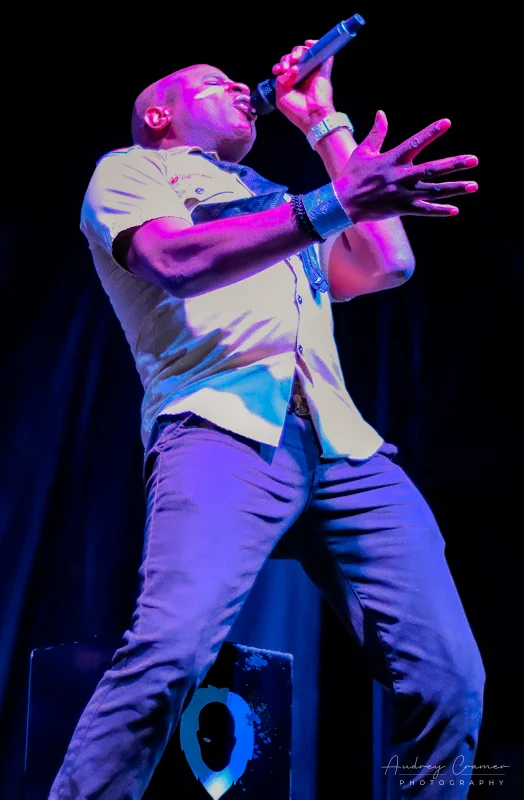
As far as education and training, other than the basics listed above and previously, event photographers need to know their gear intimately. They must know exactly what setting to switch to via muscle memory. They need to know where to find the gear they need and then how to exchange it in a matter of seconds. You cannot waste 5 minutes hunting down something and then exchanging it on your camera rig. You’ll miss stuff. This level of skill only comes from tons of practice with the equipment you typically use.
So, if you want to be an event photographer, practice with your camera gear until you don’t even have to think about it anymore. To give you a good idea of the reflex requirements of this job, you envision the kind of photo you want to take. Then, you instantly know which settings to switch to and which gear to use. You only need a few seconds to make the change because it has become instinctual to you. That’s how well you must know your camera gear. Nothing less than this skill level will do for this professional photography career.
You must also become familiar with the people you will be photographing. Get to know the bride and groom and extended family as much as possible. Get to know the musicians (even if it’s only via the internet). Acquaint yourself the family having a reunion. Get to know the company employees hosting the conference. It’s in these human interactions that you get a feel for what’s going to be important to capture. The clients have their ideas, and you need to listen to and capture those as well.
Wedding Photography
Especially with wedding photography (and sometimes family reunions), you will need to know how to pose people. You will need to learn how to pose different sized groups of people. You need to account for different ages, heights, genders, disabilities, etc. For this education, there are plenty of sources available on the internet for you to learn from. Photographers of all kinds put out guides on how to pose people.
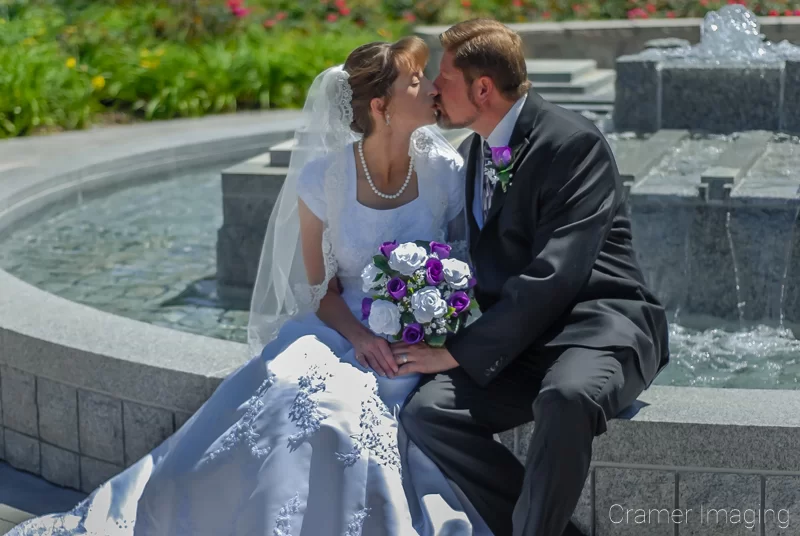
Also, take the time to practice posing in a full-length mirror. You need to be able to show EXACTLY how you want people to pose (even if it makes you look ridiculous). This will be essential for you in event photography. Take the time to practice in front of the mirror. You may need several hours in order to snap right to the pose without thinking about it. You need to teach your body how to do it from muscle memory too. Also, you might need to know how to over-exaggerate the pose so that a nervous bride will pose properly. Be prepared to do that as well.
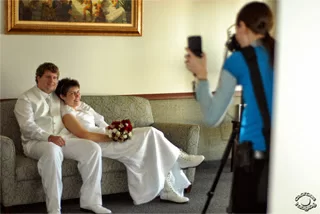
A final point with wedding photography is to study different kinds of popular wedding photos. Many brides will have already done so and may request that you take photos of a certain pose. This might be a hands-showing-rings pose or shooting through a particular tree. Still, it’s best to be familiar with what brides (and mothers) expect out of wedding photography so you can do your best to provide it. Follow several wedding photographers on social media and take a good critical look at what they are doing. See what you can do to duplicate and put your own spin on it.
Career Option 2: Session Photography
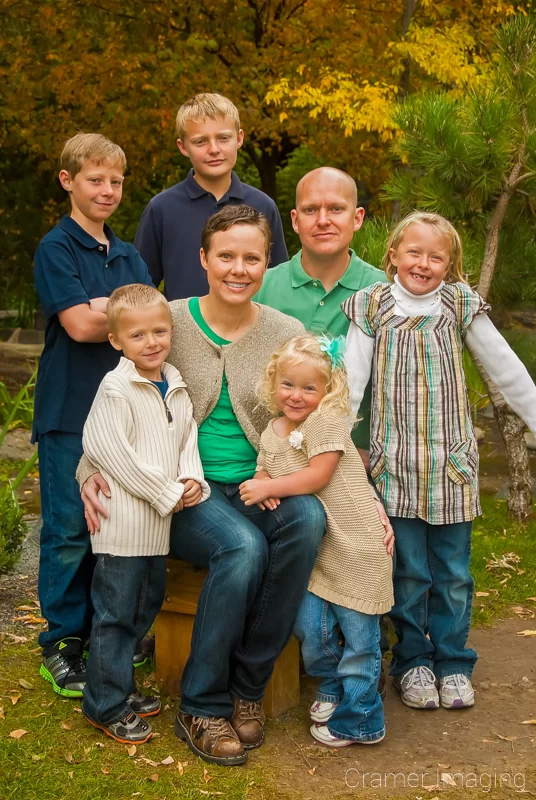
Session photography is perhaps one of the best-known kinds of photography out there. It involves booking an appointment to have a picture taken.
While session photography can apply to other genres of photography, the most common and best-known example of session photography is portraiture. This includes all forms of portraits such as families, seniors, maternity, boudoir, newborns, engagements, head-shots, modeling, school photos, team photos, and more. Basically, if you’re arranging an appointment for a person or group of people to go have a picture taken without an event connected in, then you’re seeking session photography.
Session photography is how many professional photographers choose to make their living. It’s hard work but, if you do things right, you will develop a loyal customer base of repeat customers and referrals which will keep you in business for years to come. It is a solid way to make a living as a photographer if you like this kind of photography.
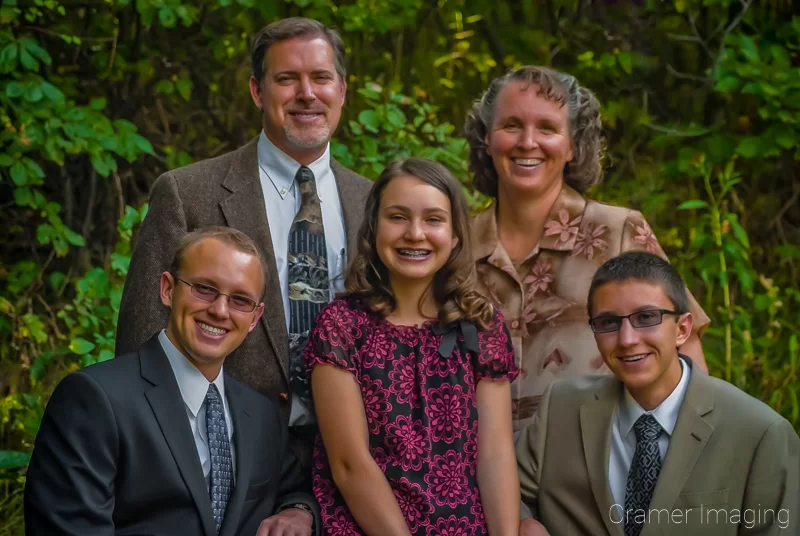
As far as education goes, you will need to know how to pose people just as instantly as you would in wedding photography. You need to know how to pose different sized groups of diverse people in order to create the perfect portrait photo. In order to do this, you will need to study posing. There are all sorts of guides available on the internet to teach you posing. Learn them well and practice in front of a full-length mirror. You need to be able to instantly demonstrate the pose you want so that you clients will know what to do. You need muscle memory for this. So, you may need hours of practice, but it will be worth it. Don’t worry about looking silly.
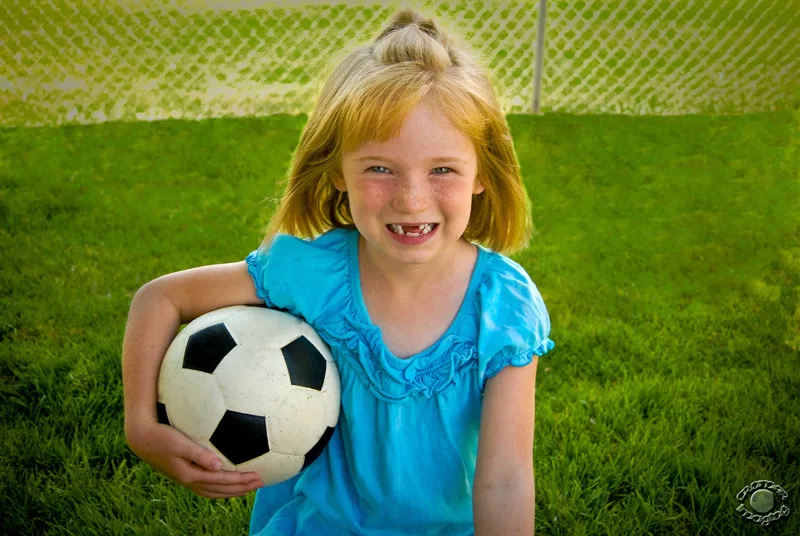
While some portrait photographers handle all sorts of portrait requests, most choose to specialize in one or more kinds of portraiture. This means that you may not have to study all different posing options. If you want to be a senior portrait photographer, then you probably won’t have to worry about posing groups. You will need to know how to pose one person very well in all sorts of different poses with all sorts of different body types.
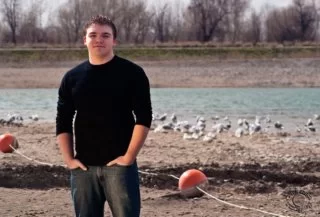
Another thing you will need to learn is where to go for photos. Session photography has made a huge move towards outdoor portraits. It doesn’t seem to be dying either for these kinds of portraits are more timeless. You need to know where to go based on the season, the weather, the size of group you’re photographing, etc. Follow several local portrait photographers on social media to see where they often go. Take time to go find places of your own as well. Remember that these locations are meant to be backdrops so they shouldn’t be overly interesting places themselves.
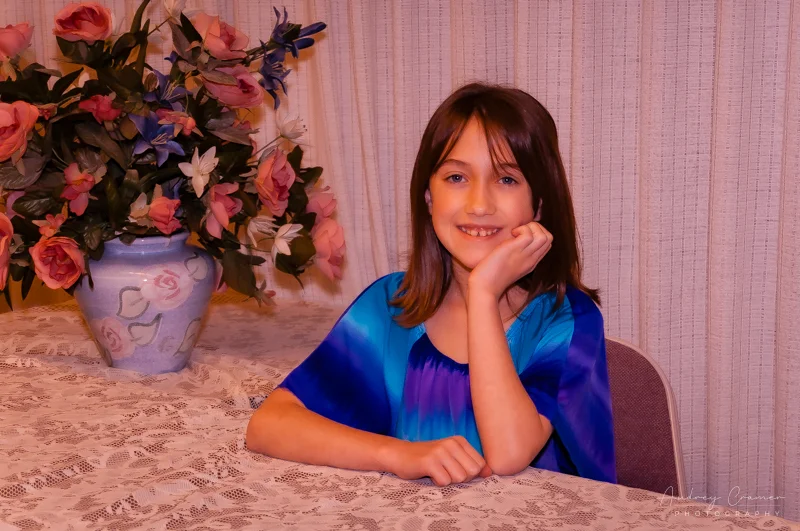
If you choose to work in a studio, you will need to learn how to operate and properly use studio lighting. It’s not as simple as just flipping a switch and pointing a light. You need to know how each light works and how to properly light the scene you want to photograph. There are plenty of guides on the internet to learn about studio lighting from as well.
Career Option 3: Fine Art Photography
Fine art photography is kind-of a catch-all term encompassing many different kinds of photography which don’t really fit in other categories. In fine art photography you will find fine art modeling, landscape photography, abstract photography, macro photography, still-life photography, tilt-shift photography, and more. It often doesn’t include event or session photography. However, high fashion model photography and other kinds of portraiture of that nature will often be considered fine art photography rather than session photography.

Because the skill-sets of fine art photographers are so wide and varied, it’s difficult to say what all you will need to learn because of this murkiness. Those working with people will need to know how to pose. Those working with animals will need patience and to anticipate when the animal will pose itself. Again, those working outdoors will need to know how to use the available light from the sun. Also, those working in studios need to know studio lighting. If you find a particular sub-genre of fine art photography interests you, there are lots of tutorials on the internet which will teach you the skill-set you will need.
As far as career options, a fine art photographer has three different paths: stock photography, commercial photography, and independent artist.
Fine Art Stock Photographer
A fine art stock photographer is a fine art photographer who creates photos to sell licenses to through a stock image company or as an independent artist. These licenses can be for however you draw the license up for (do some internet study into what the industry allows for and expects) for however much money you and the other party agree upon. You may choose to use a company such as Shutterstock or Getty Images as an intermediary. If so, they will receive a portion of the license fee for their efforts.
As a fine art stock photographer, you will have some freedom to create the kinds of fine art photos you wish. However, you will always need to keep an eye on what people are willing to buy a license for. What moves you in a particular moment might not inspire anyone else. What often sells in fine art stock photography is landscape, nature, and wildlife photography. Such photography is always popular. Those fine art stock photographers who make a living on stock photography create tons of the kinds of fine art photos which lots of people want to license and price it competitively. The more quality stock photos you have available, the more likely you will sell a license.
Fine Art Commercial Photography
Fine art commercial photography is a lot like fine art stock photography except that you are hired by a specific individual, group, or company to create fine art photography for commercial use. This kind of photography is very much work-for-hire and involves making your client happy. Your client may or may not have a shot list which you will need to look at.
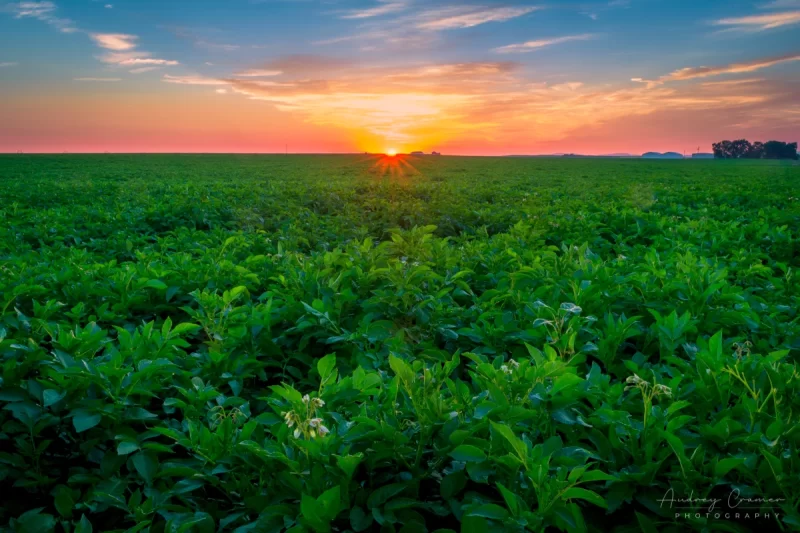
Fine art commercial photography is not a time for you to go out and experiment. Your client expects quality results in a timely manner. Since the photos commissioned will be used for commercial purposes, you will need to make sure you do the job right and price things so that re-shoots are covered (yes re-shoots happen a lot in commercial photography).
Fine art commercial photographers make money by pricing appropriately for the scale of the job and by making satisfied customers. There’s a lot of word-of-mouth in the business world so you want all the good karma you can get.
Independent Artist
The final option for a career path in fine art photography is that of an independent artist. In this path, you control your own destiny and follow your heart with your photography, or at least that’s what you hope. There’s a reason for the term “starving artist.” As an independent artist, you are in charge of everything: the marketing, the art/photography, the legal, the print production, the business, etc. You are in charge of all of it. This means that you MUST pay attention to what sells and what doesn’t sell.
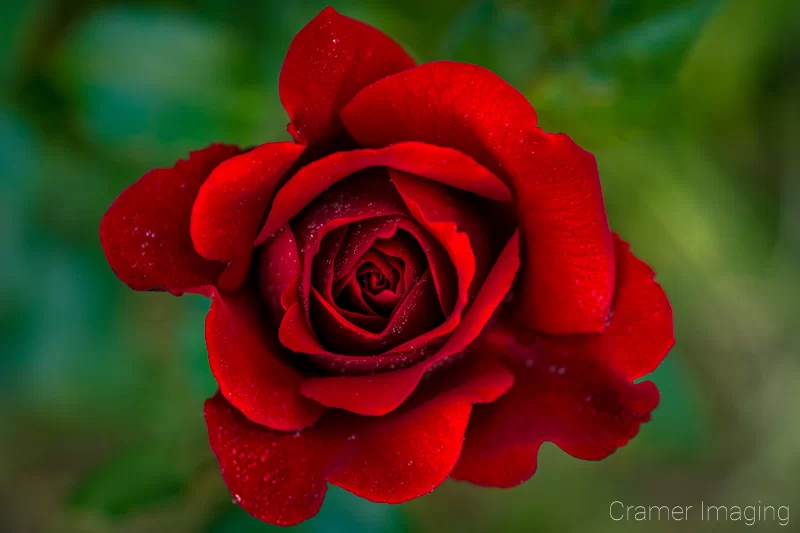
As an independent artist, you can be hired for stock photography or commercial fine art photography. You can also sell prints of your own however you see fit. Many photographers pursue this route as a side business until the business can support itself. Sometimes a side fine art photography business will never grow to support itself. It happens. Still, this career path is probably the most popular one for fine art photographers.
Career Option 4: Stock Photography
As previously mentioned, stock photographers create photography with the goal of selling a license to whomever is willing to pay the license fee and abide the terms of the license. Stock photography is also not limited to fine art photography either. There are plenty of lifestyle, product, modeling, and other kinds of photography which are used for stock photography purposes.
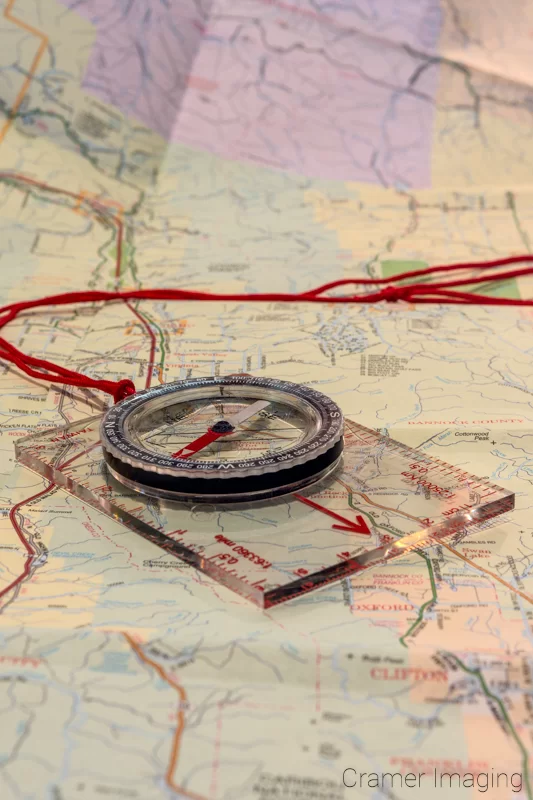
Most stock photographers seek out an intermediary to handle finding clients for them. This intermediary could be an online agency such as Shutterstock or it could be an in-person agency. This intermediary seeks out the clients on behalf of the contributing photographers and the agency takes a cut of the license fee for their expenses and profit. Also be aware that some intermediaries expect or offer extra benefits in exchange for exclusivity. This means that you get bonuses for only listing with them.
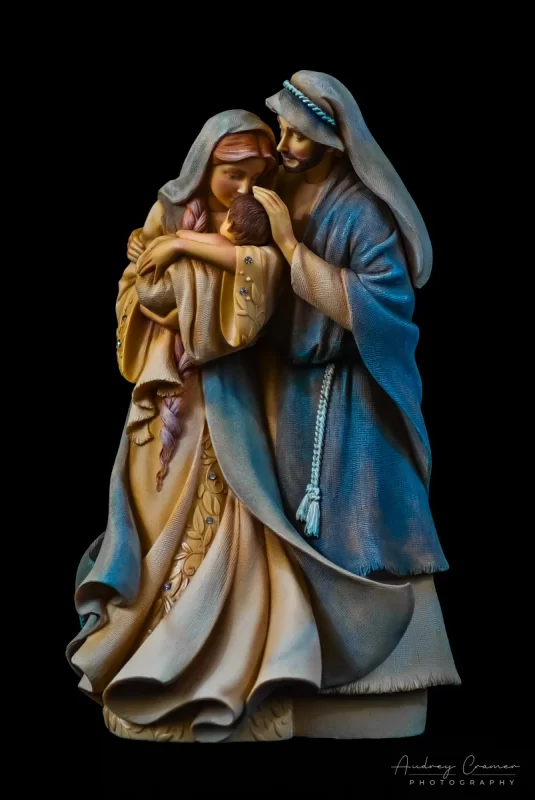
With stock photography, you have the opportunity to make money off the same image multiple times (something usually only available to fine art photographers otherwise). You can proceed at your own pace and create images as you wish. The limitations here this field of photography are your own time, vision, and resources.
However, if you plan to make a living on stock photography, you need to have the pulse of what sells as stock photos. You MUST know what people will license. One hint here is that multiple takes on the same image often help in stock photography sales. However, it doesn’t matter if you have intuition or experience in this matter as long as you can create. If you want to make a living, you must sell a LOT of licenses. Quantity really helps out in this matter as does competitive pricing. Keep in mind that stock photography prices are volatile. Also, keep in mind that commercial use is probably the single most popular reason for stock photography licensing.
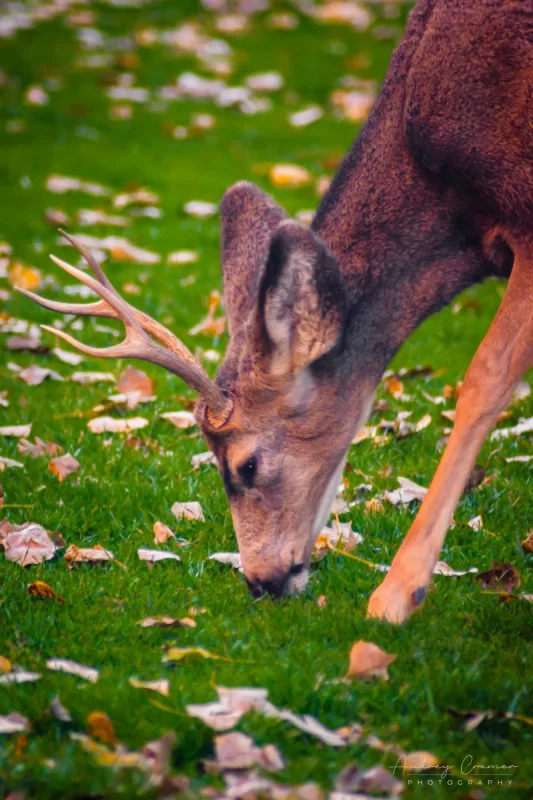
Some intermediaries, such as Shutterstock, will offer guides to their contributors on what trends are currently popular for licensing. They basically tell you what to photograph for best chances of getting license fees. If you can get onto one or more of those email lists, that’s probably the best education available for what to photograph. Another avenue of education is to peruse the stock website and see what kinds of photos are selling (if viewing/purchase numbers aren’t available, look for numbers of reviews). This will also give you a good idea of what to do as a stock photographer.
Stock photographers often need a wide variety in skill-set as stock photography covers many different genres of photography. Depending upon what you choose to specialize in, you may need to know posing, studio lighting, use of available outdoor lighting, product styling, and more. There are guides on the internet to help in some of these areas. Some other skills might be better approached from trial and error.
Career Option 5: Commercial Photography
As previously stated, commercial photography is where a client specifically hires you to create photos which the client will use commercially. This could mean in an ad campaign, a website, a catalog, a manual, etc. The purpose is so that the client can make money. This is the definition of commercial photography and commercial use photography. Your client may have a shot list for you or give your freedom to create what you want. In this photography career, you will also face a high level of re-shoots until the client is happy.
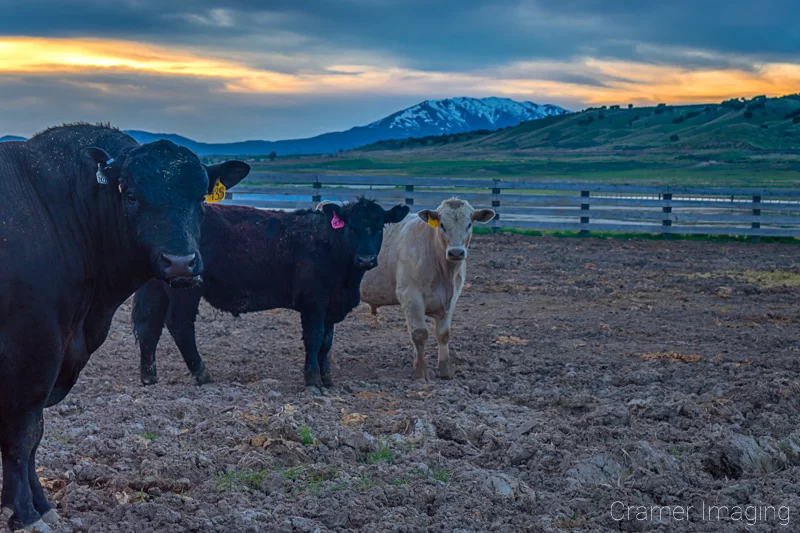
Commercial photography can include lifestyle photography and has recently expanded to include brand photography. Lifestyle photography has become popular as a way to show a more personalized/human touch to a person or brand. Brand photography is still being developed but currently has the definition of creating photos specifically for defining and showing off a brand. Brand photography can include head-shots as well as other brand-specific kinds of photography.
Commercial photography is usually not where a professional photographer starts. It’s usually picked up along the way or even an end goal. Event photographers don’t often become commercial photographers unless hired by a band to be the band photographer (that type of thing). Session photographers don’t become commercial photographers. Fine art photographers can transition into becoming commercial photographers. Stock photographers probably have the easiest path to becoming commercial photographers as they often already have developed the needed skill-sets.

If you want to become a commercial photographer, the best advice I can give is to start out in a different branch of photography and develop a skill-set there. Become consistent in your quality. Only show your best work. Make sure that you know your camera and that you know what you need to do where and when. Have muscle memory down.
After a certain point, you will reach a point where you can consistently deliver on more than just the quality of your photos (check out this article for more ideas on professional photographers). Then you can start seeking out commercial photography jobs or commercial photography jobs might start finding you.
Where commercial photography is merely an extension of most other genres of photography, most of your education and training will come from being an event, session, fine art, or stock photographer. You will need to learn some of the legal ins and outs of being a commercial photographer and how to navigate commercial photography contracts. For this, I recommend talking to a local intellectual property attorney or studying with Rachel Brenke (the Law Tog).
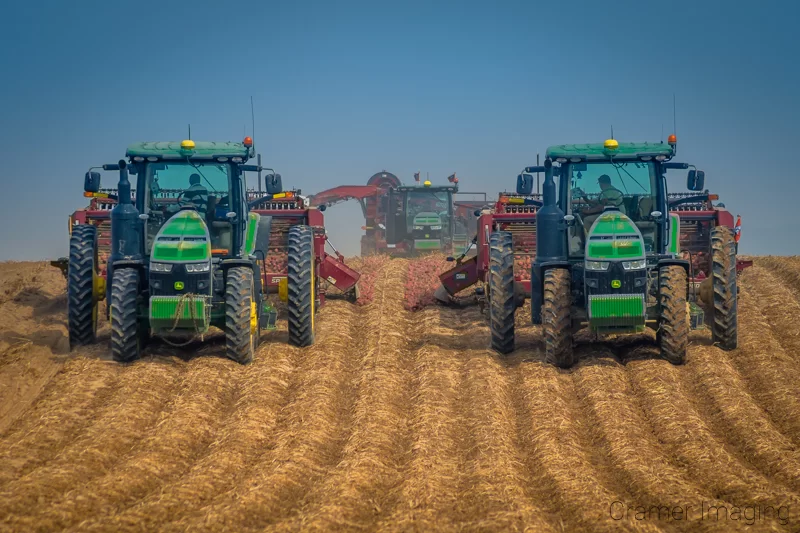
Career Option 6: Photojournalism
Our penultimate photography career is that of being a photojournalist. This is a profession which has been undergoing some serious changes lately and may continue to evolve. A photojournalist is a photographer who takes pictures for the purpose of the news (media website, newspaper, TV news, etc.) or other editorial use. These are the people who bring pictures of local events for the public to learn about. Your yearbook or school paper photographer could be considered a photojournalist.
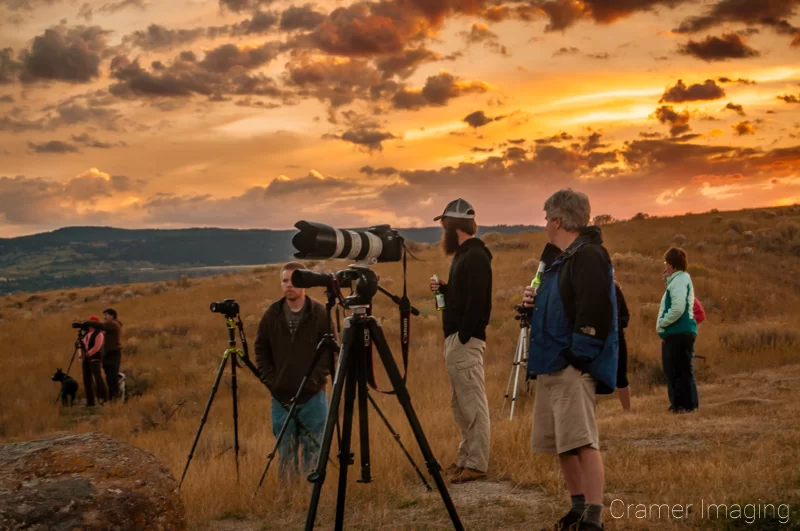
Photojournalism focuses on what really happened: the good, the bad, and the ugly. There is no idealization at all. If things got ugly, then that’s how you show it in your pictures. Other than occasionally blurring out faces for privacy, photojournalism uses little in the way of post-processing. There might be a little tiny bit of color correction and some sharpening but that’s about it. There’s nothing artistic about photojournalism.

At one time, the only way to become a photojournalist was to be hired on by a news agency and sent out on assignment. Now, many news agencies are preferring to use independent contractors for photojournalists. This means that there’s no steady paycheck anymore. You get paid based on your whether or not you land an assignment. Some news agencies aren’t even paying photojournalists well or at all anymore. Just something to look out for.
A big distinguishing factor between other photographers and photojournalists is press credentials. Press credentials let you get into certain events without paying and let you have better access to good vantage points than the general public gets. However, you’re not there for fun. You’re there to work. You had better act like it too or you won’t get any more press credentials.

If you want to become a photojournalist, then I recommend taking a journalism class in high school or college. There you will be taught more than just basic journalism ethics. You will be taught practical as well. If high school and college classes aren’t an option, I would do internet research into the subject.
Once you are ready to begin, I would recommend finding a smaller local event and reaching out to a local media outlet (preferably one who probably wouldn’t otherwise get coverage) and offering to go in exchange for a press pass. That press pass will gain you access to much better photography vantages and protections in case of things going sideways (think protests getting violent). Media outlets are often willing to do this sort of exchange, and it will get your foot in the door. After several rounds of this, you can step up to charging for your services.
Career Option 7: Crime Scene Photography
We will finish off our photography careers list for the photography merit badge with crime scene photography. It’s a more obscure branch of photography, but vial to our justice process. Crime scene photographers are a different breed of photographers. They are very necessary and share many of the same skills, but they pursue a different path to a career than most other photographers do.
Many of the principles of photojournalism also apply to crime scene photography. This is another branch of photography where you need to accurately represent the scene with all the good, bad, and ugly. However, there is no editing. You may find yourself using alternative photography techniques such as UV or infrared in order to document the evidence at a crime scene.
If you want to pursue crime scene photography, then you will need a strong stomach as you never know what you will walk into. You will also need to study forensics and join a forensics lab. Alternatively, you could become a police officer. Each jurisdiction is different, so you will need to research out the specifics for yourself.
Conclusion of the Photography Merit Badge Requirements
As you can see, there are a fair number of career options available for you as an aspiring photographer. You can pursue event photography, session photography, fine art photography, stock photography, commercial photography, and photojournalism. Each has different skill-sets and basic requirements. Each, however, requires a level of practice and dedication to your craft which you cannot obtain from simply reading a book (or earning the photography merit badge).
Since you seem to be interested in photography (why else would you read this series on the photography merit badge?), I suggest learning your camera and trying out several different kinds of photography until you find something which really interests you. It needs to be something which you go back to time and time again. It must be something which you’d be willing to get out of bed in the morning and stay up late at night for. Once you’ve found that, you’ve probably found out what kind of photographer you should be. That is, of course, if you choose to pursue photography as a career.
Now that you’ve read all my articles regarding the photography merit badge, all you have to do is to complete the other assignments associated with the merit badge. Then, you must report back to your photography merit badge counselor. You should easily earn the photography merit badge and you should wear it proudly in your merit badge sash. If you find that you’re interested in landscape and nature photography (like I am), you might check out my repository of articles and photo tips written around being a landscape photographer. Happy shooting.

